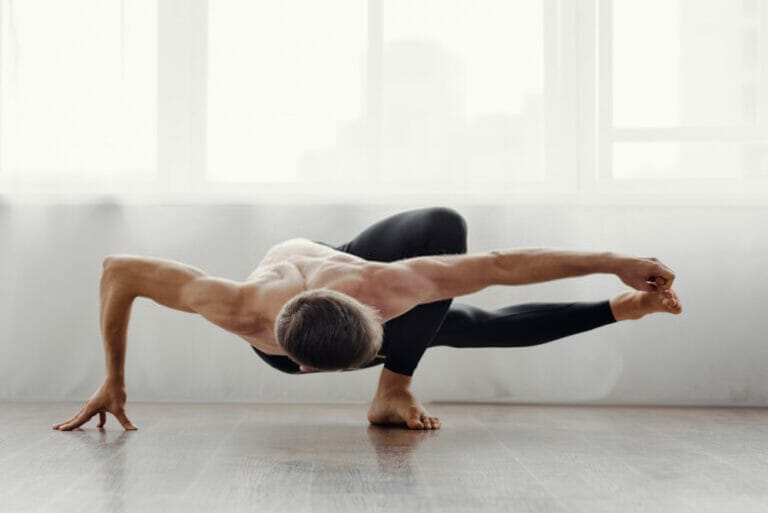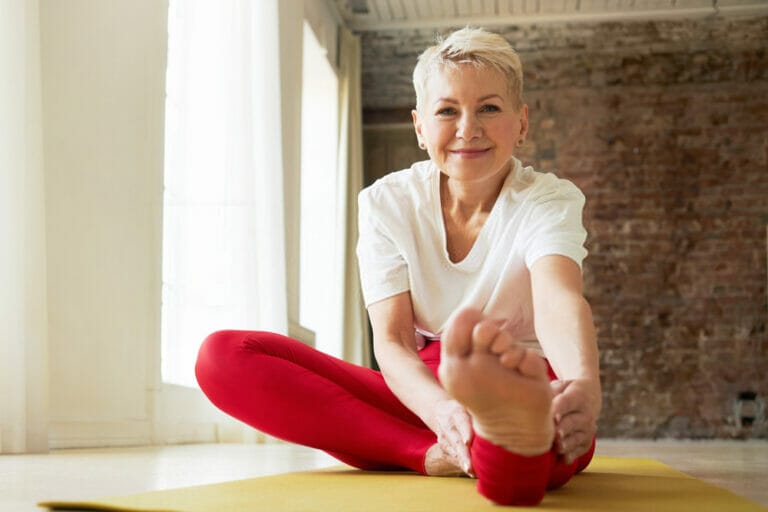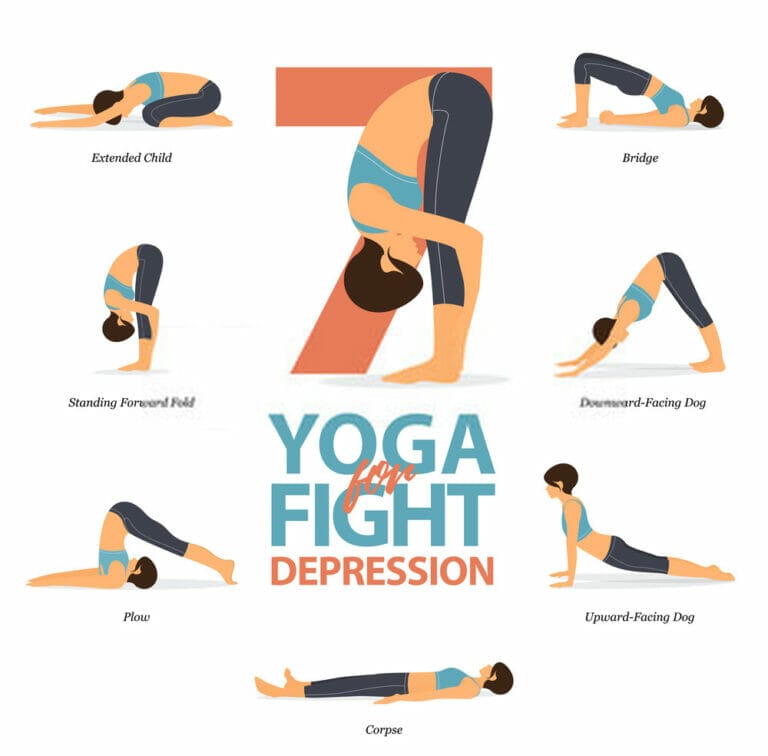Cross-legged Yoga Poses That Will Work Work Magic For You
In yoga, sometimes the simplest things are the most advantageous. Similarly, Cross-legged poses don’t seem to offer much in the way of challenge.
Nevertheless, their relevance in a traditional Hatha Yoga practise cannot be undersold.
Cross-legged poses are not just about tucking the legs together and pressing the soles of the feet onto the mat. They’re a crucial part that demands physical perseverance and attentiveness.
A keen focus is vital to keep your muscles engaged. When you perform an asana or pose, you're increasing your endurance by luring your body through complex contortions, culminating in deep relaxation at the end.
It is ‘breath work’ that will ensure continuous muscle engagement.
While this is most important for consistent practice, it can be overlooked or inadequately performed during the day.
Hectic lifestyles, especially if you’re on the road, require a little more sharp focus to retain your posture and maintain a keen sense of balance. Luckily, Cross-legged poses provide just that.
Benefits of Cross Legged Poses
Aside from the benefits above of maintaining balance and posture throughout your day, these cross-legged poses have other advantageous attributes.
- Some Cross-legged poses improve abdominal, backside, and hip flexibility for quicker recovery between repetitions.
- The sharpness of your posture will also improve your innate sense of awareness.
- Maintaining a straight spine as you perform deep breaths increases oxygen consumption in your body, a natural part of the detox process.
- Cross-Legged poses are a great way to improve the circulation and flexibility of your muscles and activate the nervous system.
- Cross-Legged poses are considered great massages for your spine as they give pressure to the vertebrae.
Let’s take a look at some of the best Cross-legged poses.
Easy Pose (Sukhasana)
This pose is often referred to as ‘the King of poses’ and for a good reason. You’re in a position that’s the foundation of perfect form.
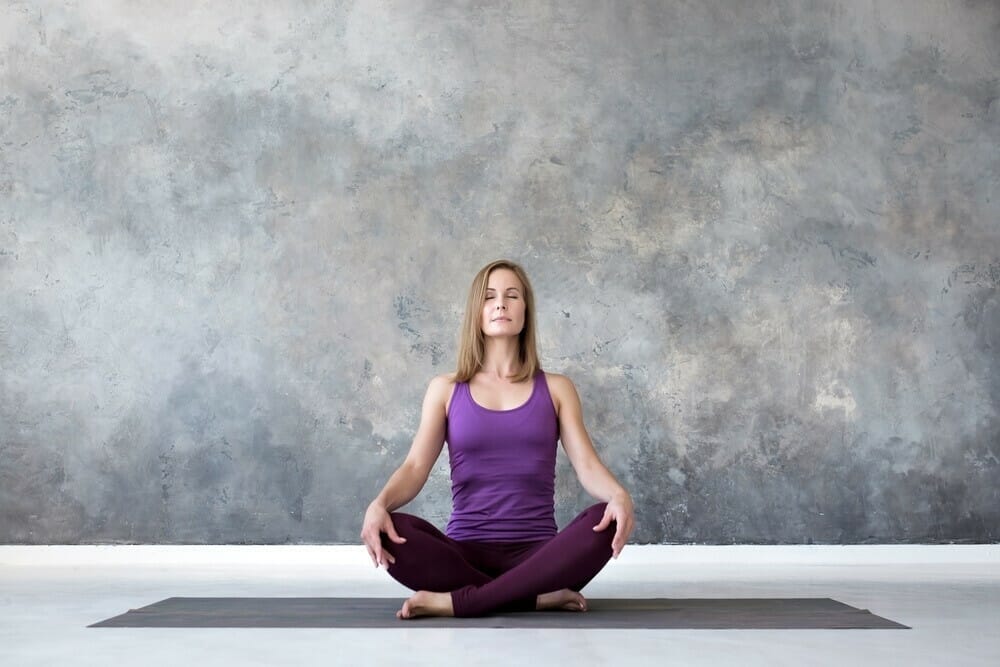
It's a pose that relaxes your entire body while simultaneously creating a sense of calm.
This yoga posture is often used in the practice of meditation and yogic breathing exercises. This posture helps stretch the knees, strengthens the back, calms the mind, and opens the hips.
Lotus Pose (Padmasana)
The Lotus Pose is considered to be one of the most difficult in yoga. It originates from a form of meditation called ‘Tantric Yoga’, which is believed to be practised by Buddhist monks.
You can perform this pose by drawing both legs up and folding the feet over the opposite leg (the right foot over the left) to rest on your inner thigh.
Lotus pose is a traditional yoga asana that strengthens and increases blood flow in the pelvic region, destroys disease-causing microorganisms, and prepares individuals for deeper meditation.
Eagle Pose (Garudasana)
This pose is considered to be the best in stretching and strengthening the knees. It stretches the thighs and hips, supports the lower back, and improves flexibility in the ankles and calves.
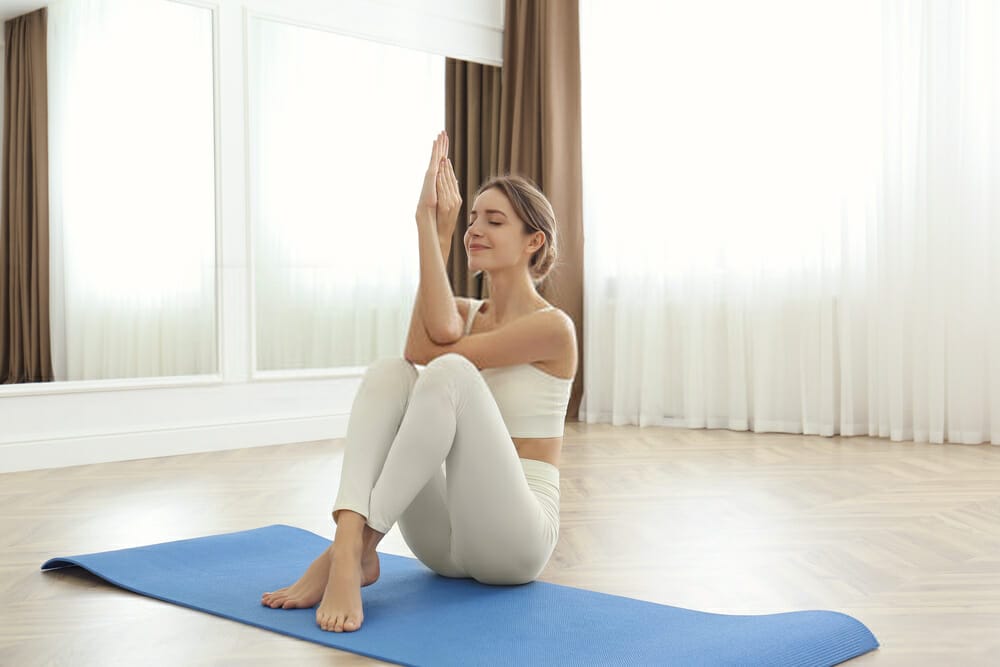
It is also an excellent pose for relieving that annoying sciatica pain that sometimes occurs after sitting for too long.
Cow-Face Pose (Gomukhasana)
The Cow Face pose helps open up the hips, ankles, shoulders, armpits, and chest. It is a good pose for balancing the body and relieving stress. The cow face pose is also known as Gomukhasana, and it is one of the most effective hip opening yoga poses for beginners.
This pose strengthens the lower part of your body, stretches out your stomach, and stretches out your calf muscles and ankles, which help relieve sciatica pain.
Some people who have a very flexible hip joint will find this posture easy. However, most people will need to modify the pose to make it accessible.
Fire Log Pose (Agnistambhasana)
This pose strengthens your spine and opens up your shoulders. It is an excellent posture to do when you’re feeling tired and weak.
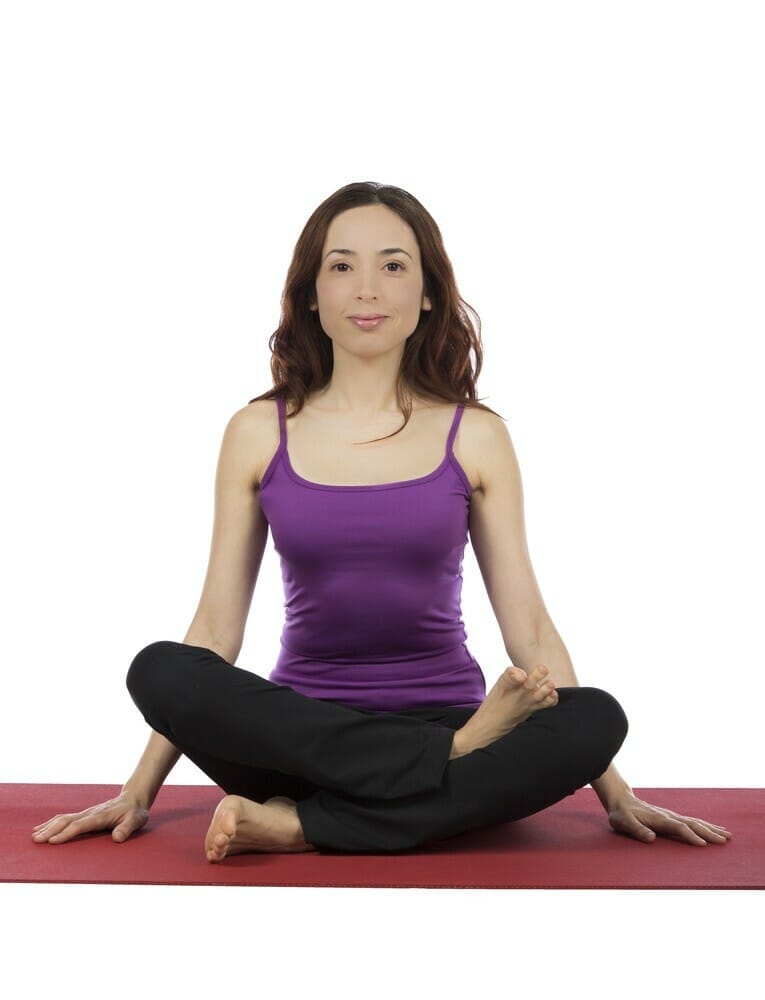
It also helps in alleviating heartburn, constipation, and other digestive problems.
The Fire Log Pose is an ideal pose to perform when you’re feeling tired or weak. It improves the strength of your back muscles and counters fatigue by being a nutrient-rich food for the body’s tissues.
Cobbler’s Pose (Baddha Konasana)
It is an easy pose that people of all skill levels can perform. For beginners, this pose is an excellent place to start as it helps stretch the hips and lower back. It is also known as The butterfly pose.
The Cobbler's Pose is an excellent exercise for yoga and helps stretch the Knee, Thigh, Inguinal region.
You should avoid this asana in case of Groin or knee injury. If you’re menstruating, or if you’ve never done Baddha Konasana before, then refrain from it. Moreover, come out of the pose as soon as you feel any discomfort.
Half Lord of the Fishes Pose (Ardha Matsyendrasana)
This pose is a great way to open up the hips and lower back. It stretches the knees, groins, thighs, and spinal cord.
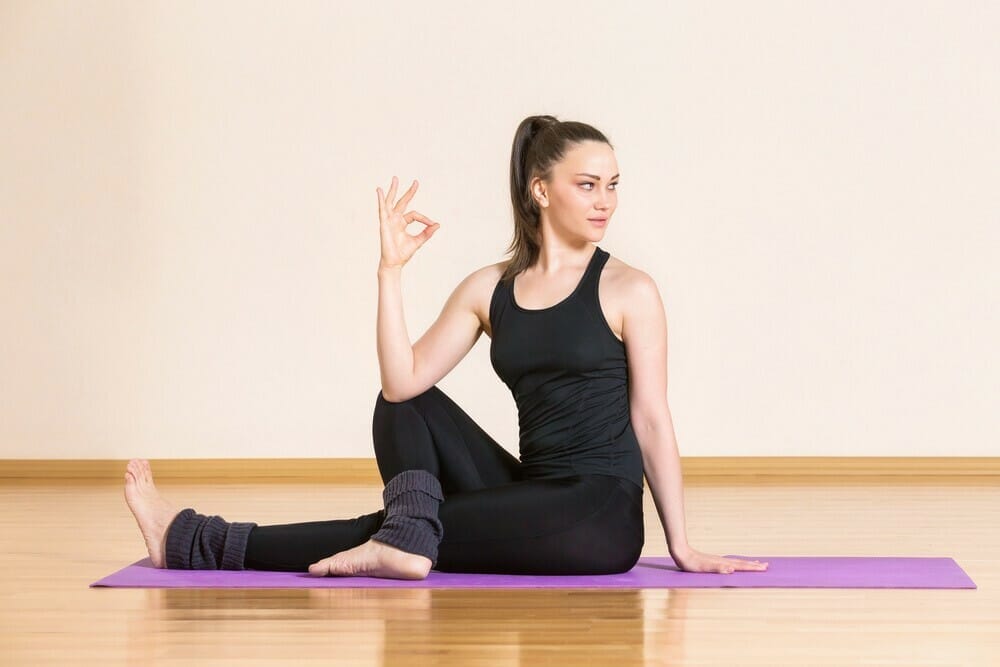
You should do the Half Lord of the Fishes Pose at least once every day as it helps relieve fatigue from standing or walking for long periods.
This pose also tones the abs, energizes the body, opens the shoulder and neck, cleanses the internal organs, detoxifies the body, stimulates the abdominal organ, increases oxygen supply, cures slipped discs and reduces stress.
Conclusion
These are some of the best cross-legged poses that you should be practising these days.
As you can see, Reclining and Cross-Legged Pose is a part of the yoga routines that are highly recommended for all.
Therefore, it is pretty beneficial to bear in mind these sets when we practice daily, whether at work or while travelling outside.
It would be essential to note here that one should not overdo features like sitting in the cross-legged pose, resulting in back pain and numbness.
However, it is good to remember that doing cross-legged postures and different yoga asanas can be effective if you want better body performance.
It is all about finding out what works best for your body, which helps bring about a specific change in your lifestyle and overall physical condition.
Remember that the perfect cross-legged pose varies from person to person depending on their fitness level, flexibility, experience, medical conditions, etc.
So try visiting your local yoga centre or asking a pro for advice before practising Cross-Legged Poses or any other Yoga poses.



